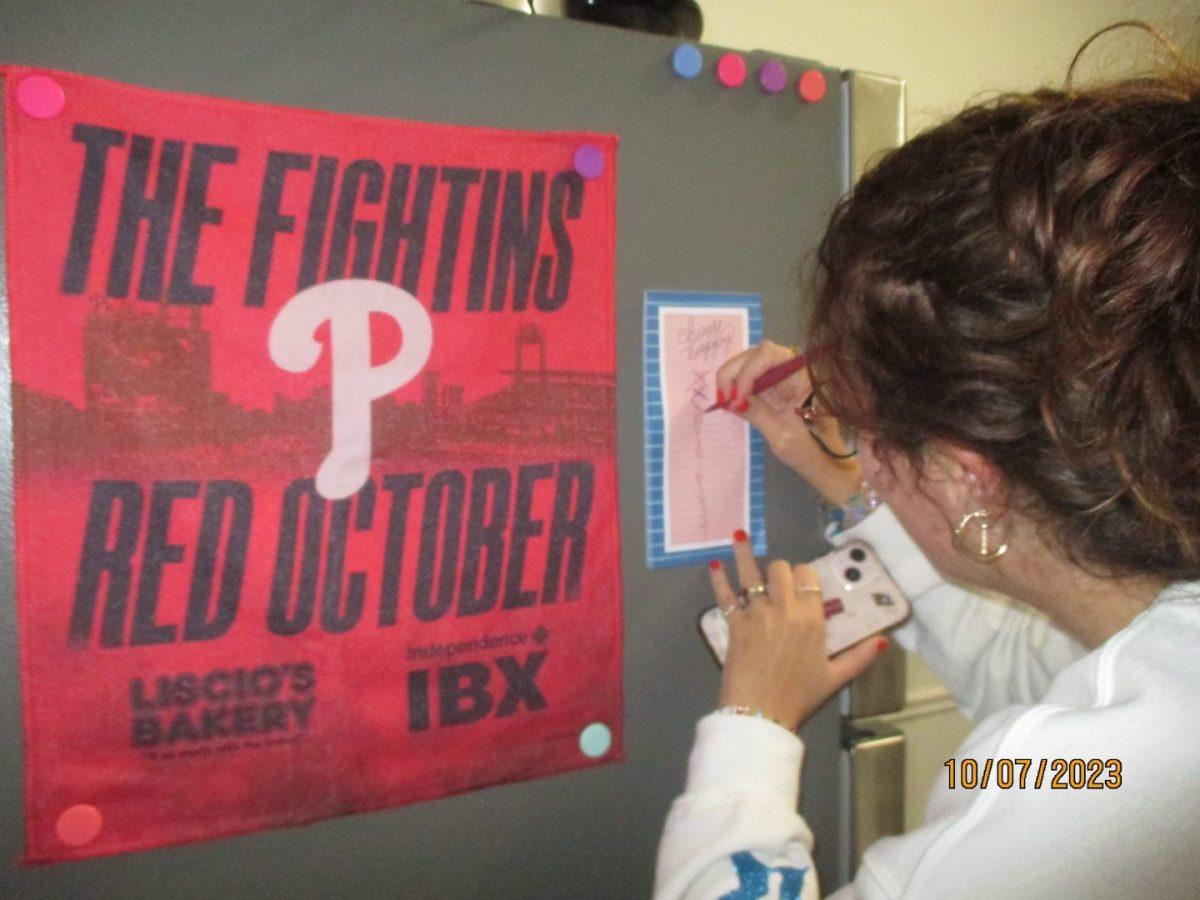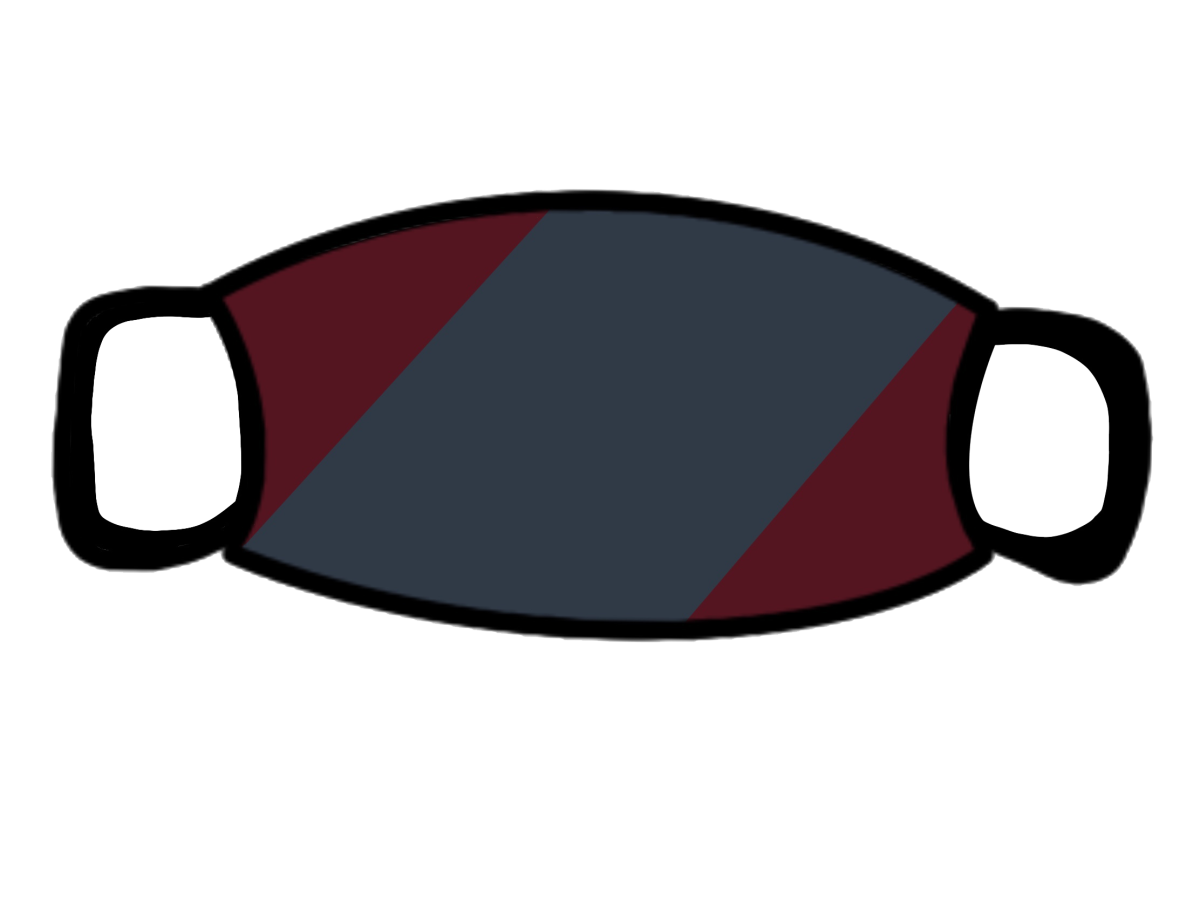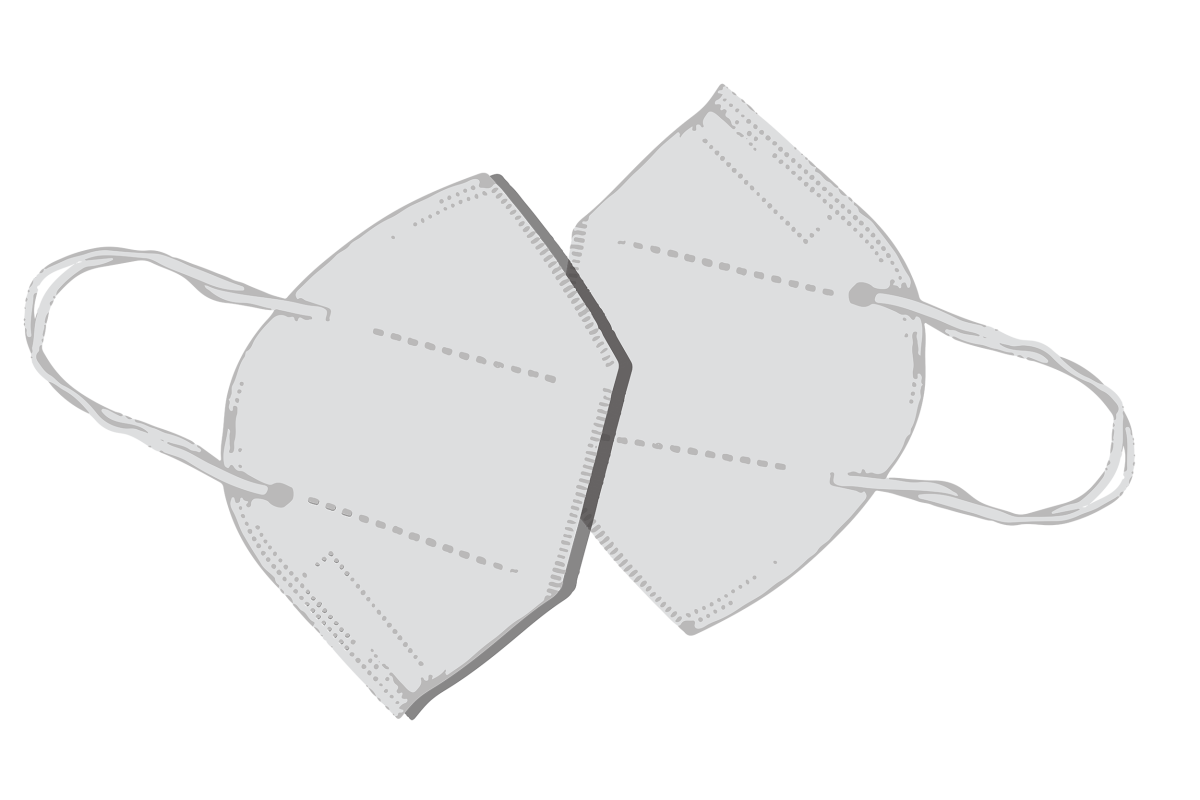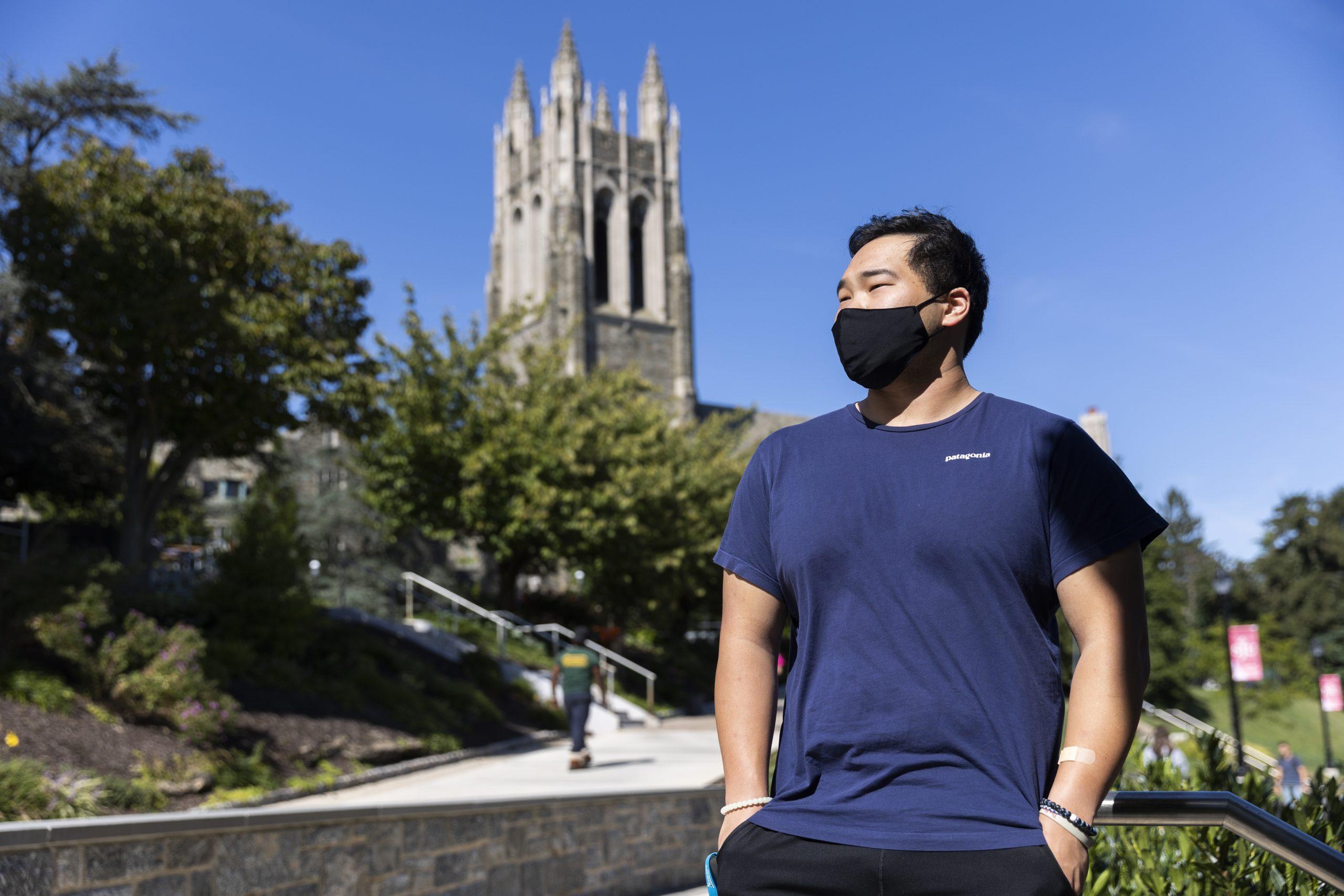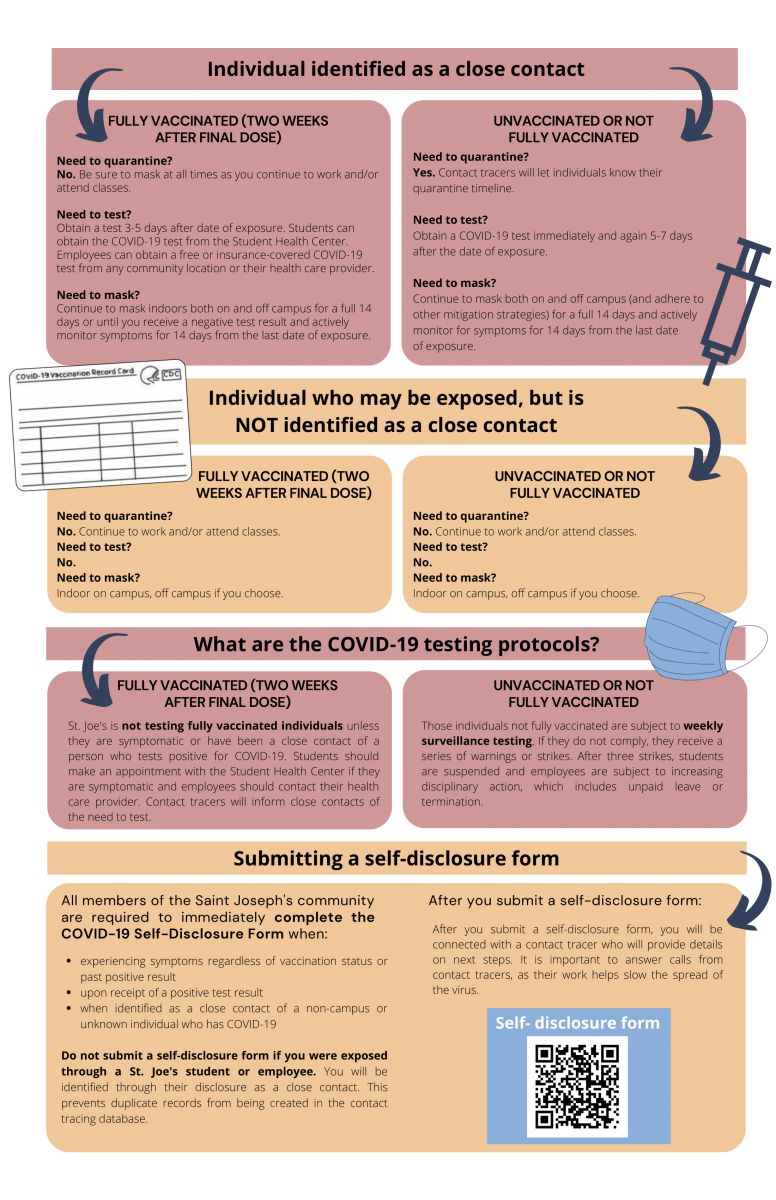How the vaccine symbolizes a greater issue in the U.S.
September marks seven months since the coronavirus pandemic turned the world on its head. In that time, there were over 30 million coronavirus cases reported worldwide and almost one million people died, according to MarketWatch. Over 6.5 million of those cases came from the U.S., along with almost 200,000 deaths.
Despite what has felt like an eternity, returning back to “normal” does not appear to be on the horizon. Our greatest hope comes from the development of a vaccine.
The U.S. alone pumped over $10 billion into eight COVID-19 vaccines in developmental stages, in what they call “Operation Warp Speed,” according to Science Magazine. However, the development of a vaccine is a contested issue.
Many Americans are understandably skeptical about getting the first vaccine or treatment. The Food and Drug Administration (FDA) already used two emergency use authorizations (EUAs) on plasma and hydroxychloroquine to treat COVID-19 patients, despite shaky evidence of their effectiveness.
AstraZeneca, one of the companies currently developing a vaccine, had one of their patients hospitalized with an inflamed spinal cord as a side effect of their vaccine. This halted the development of a vaccine and raised the eyebrows of many. Occurrences like this are an alarm to myself and many Americans that we may be trying to rush our way to a vaccine. Although the FDA insists that they won’t “cut any corners” while creating a vaccine, I have my reservations.
I believe that right now, there are far too many political pressures surrounding a COVID-19 vaccine for the medical community to do their jobs properly. Many U.S. citizens are seemingly “over” the pandemic and are looking for any possible solution to return to normal life.
U.S. President Donald Trump wants a vaccine before the election to mark it down as one of his achievements. A vaccine would open the economy, which President Trump hopes to use as one of his main reelection points.
On the other hand, we have congressional Democrats spreading more skepticism about the production of a vaccine in hopes that former U.S. Vice President Joe Biden wins the election and the vaccine is produced under his watch. These surrounding political pressures are putting an undue burden on companies producing this vaccine.
The development of a COVID-19 vaccine is symbolic of a bigger problem in American society and politics. The problem is the two-party system. The mere fact that the production of a potentially life-saving and world-changing vaccine is a political issue is indicative of the lowly state of politics in this country.
We have Republicans on one side pushing for the vaccine to be released so that they can do a victory lap before the election and rally their base, and Democrats urging citizens to be wary of the vaccine so that President Trump’s America can remain in its current state. Actions from both parties are quite abhorrent.
If we had more than two major political parties, we wouldn’t have this metaphorical tug of war between parties over every issue. Maybe, instead of taking sides on issues for partisan reasons, we should weigh all the options on important issues and realize that the truth almost always lies somewhere in the middle. The two-party system is also largely responsible for the polarization in this country.
We can have healthy disagreements within this country. The late U.S. Sen. John McCain described former U.S. President Barack Obama as a “decent family man, citizen, that I happen to have disagreements with on fundamental issues.” This type of rhetoric is what is needed in this country; not the hateful, spiteful and inflammatory commentary that incites hatred for the other side.
I believe we can get past this as a country. I believe that there will be a day in my lifetime where the radical partisanship, symbolized by the situation surrounding a COVID-19 vaccine, will be gone.
































